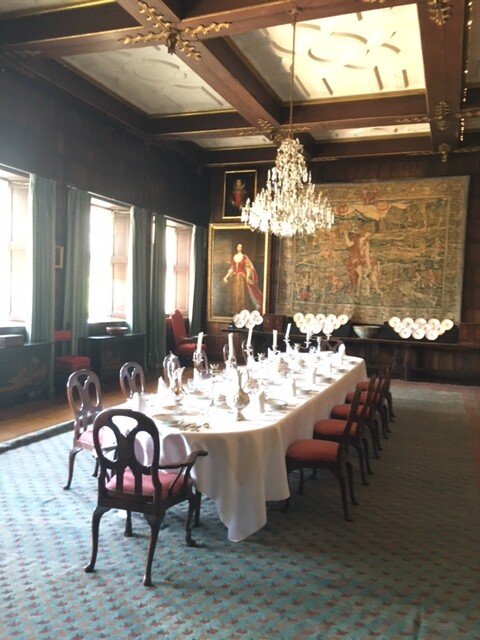A royal day out in the countryside just half an hour from the capital
Less than half an hour from King’s Cross railway station in the centre of London lies one of the most intriguing country houses in the UK.
Hatfield House, its beautiful 170,000 square metres of tranquil gardens – and the wider Hatfield Park in which it sits – are the perfect surroundings for a day out from the smoke.
Hatfield is possibly one of the lesser-known former royal palaces, but its walls have housed some of the most illustrious, and notorious, figures in this country’s history.
Only part of the former Royal Palace of Hatfield, once the childhood home of King Henry VIII’s daughter – the future Queen Elizabeth I – survives to this day.

Built in 1497, the palace was eventually seized by Henry VIII, along with other church properties.
Henry’s children, the future Edward VI and Elizabeth I, lived their formative years at the palace, while his eldest daughter, the future Queen Mary I, lived there for three years from 1533.
Mary had been sent there to wait on the then Princess Elizabeth as punishment for refusing to recognise Henry’s marriage to Anne Boleyn and his religious reforms.
Legend has it that the Queen Elizabeth Oak on the grounds of the estate is said to be the place where Elizabeth was told she was queen following Mary’s death.

The tree is long gone, but a replacement was planted by Queen Elizabeth II in 1985 and is one of the biggest tourist attractions on the site.
Elizabeth’s successor, James I, was said to have not liked the house, and passed it on to the family of Robert Cecil, 1st Earl of Salisbury and Chief Minister to the King, in return for the Cecils’ former family home in nearby Broxbourne.
Cecil knocked down much of the former palace and built the present Jacobean house in 1611 – and his descendants have lived in the house ever since.
The present building is a prime example of Jacobean architecture. The estate includes extensive grounds and surviving parts of the earlier palace.
It boasts a number of splendid rooms. The Great Hall features beautifully extravagant oak carvings, with tables and benches preserved just as Cecil built, and one of the more famous portraits of Elizabeth I, the Rainbow Portrait.
Its grand staircase, along with its magnificent carvings, too, are entirely original.

King James’s Drawing Room is the house’s most important reception room and takes its name from the statue of James I which stands in the chimneyplace.
The Winter Dining Room and the fabulous Library, with its upper gallery, were personal favourites.
The day on which we visited was blisteringly hot, one of the first of the recent heatwave in London.
After our visit to the house we enjoyed a much-needed ice cream before wandering around the beautiful grounds and eating our picnic under the Queen Elizabeth Oak, the perfect ending to a fantastic day out.
Hatfield House is currently the home of Robert Gascoyne-Cecil, the seventh Marquess of Salisbury but is open to the public.
A ticket for a family of four, which includes entrance to the house, woodland walks and grounds, costs £60.
For more information, and details of opening times, visit https://www.hatfield-house.co.uk/.
Pictured top: Hatfield House (Picture: Charlie Stong)
